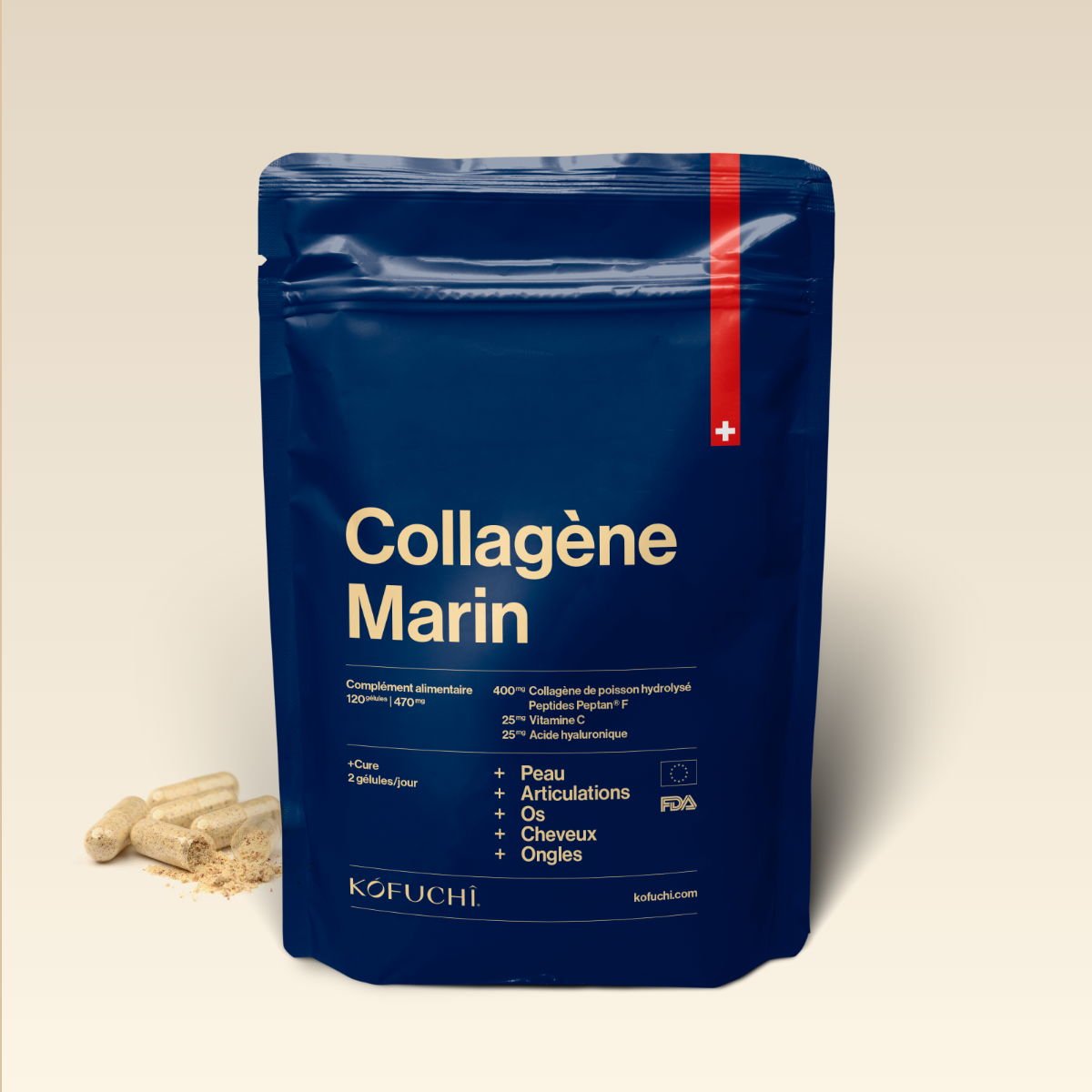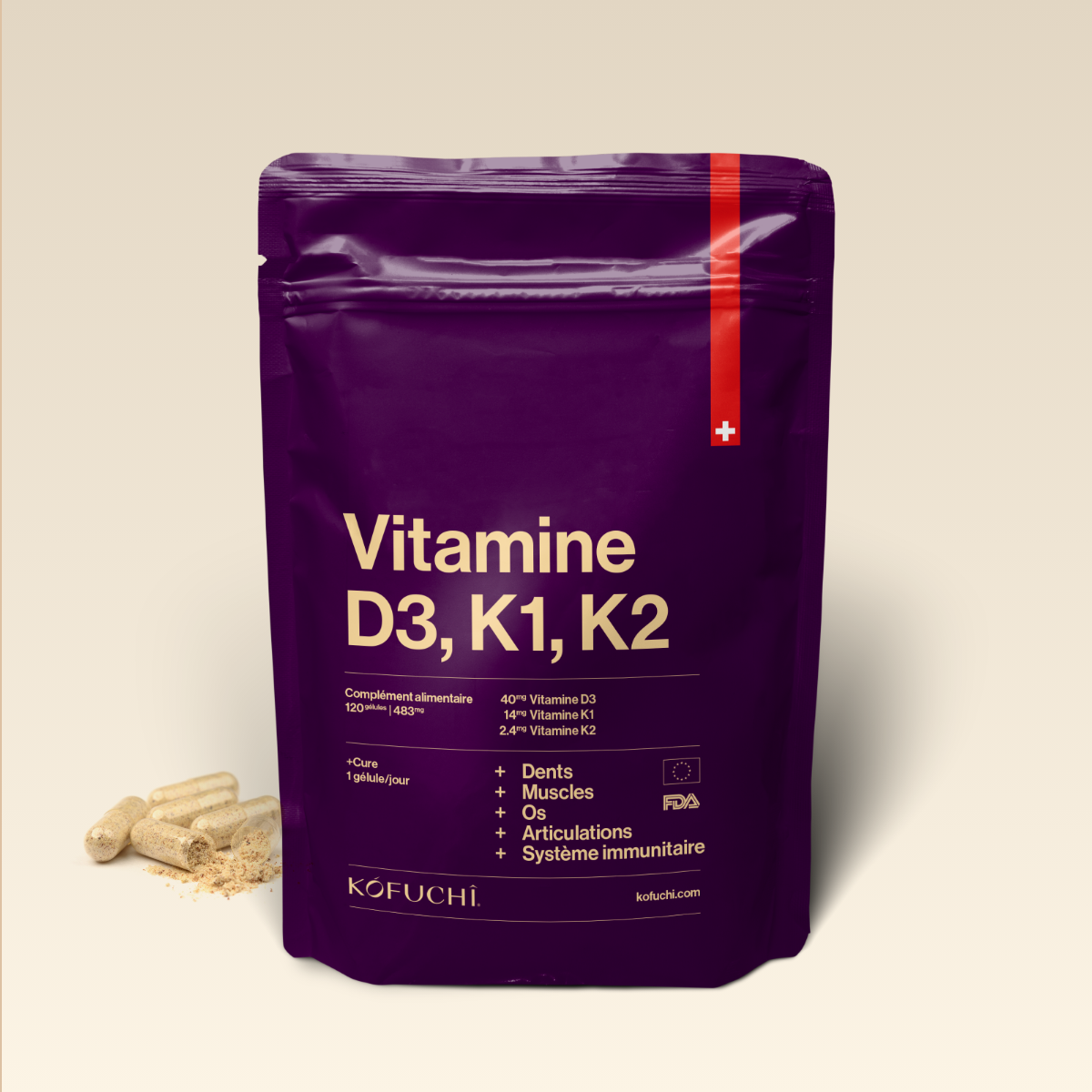
Nutraceutical glossary
Food supplement labels are sometimes difficult to decipher. It's a shame, however, to deprive ourselves of their virtues under the pretext that this informational jungle seems unfathomable to us.
This is why we have put together a little glossary for you to find your way around. I promise, it’s simple and concise!
Absorption
This is the phase where ingested nutrients pass from the digestive tract to the blood to be transported to the different organs of the body.
It is important to note that not all vitamins and minerals are absorbed equally and no nutrient is ever 100% absorbed. Indeed, the absorption of a nutrient depends on many factors (state of health of the person, form of nutrient intake, etc.). Vitamin C, for example, has an absorption rate of around 25%.
Amino acids
Molecules that make up proteins (like the links in a bicycle chain). Amino acids are essential to our body. There are 2 kinds:
• Essential amino acids: our body cannot produce them alone. We obtain them through our diet or through food supplements.
• Non-essential amino acids: our body knows how to synthesize them on its own.
Adaptogen
Refers to a plant that improves the body's resistance to fatigue and stress. The best-known adaptogenic plants: ginseng, rhodiola and ashwagandha.
Additives
These are substances without active ingredients. They are added to industrial products to improve their taste, texture or appearance. They are classified by group, according to their usefulness. For example, we find:
• dyes,
• sweeteners,
• anti-caking agents,
• loading agents,
• coating agents,
• flavor enhancers,
• conservatives…
Allergens
Substances or microorganisms that can trigger allergic reactions. Among the best known, we can cite:
• dust,
• cat hair,
• certain foods such as fish, peanuts, eggs, etc.,
• pollen…
Reference Intakes (AR)
Recommended daily intake of vitamins and minerals. They are used for labeling foodstuffs.
Bioavailability
Bioavailability is a criterion used to evaluate the rate and speed of absorption of an active ingredient (drug or nutrient). What is absorption? Review the first term in this glossary! 😉
Capsule
Galenic form, intended to be consumed orally, consisting of a soft envelope and containing liquid active ingredients. Soft wraps are most often made from gelatin of animal origin (marine, bovine or porcine).
Food supplements
Here is the official definition: food supplements are “foodstuffs whose purpose is to supplement the normal diet and which constitute a concentrated source of nutrients or other substances having a nutritional or physiological effect alone or in combination” (Directive 2002/ 46/EC of the European Parliament, transposed by decree no. 2006-352 of March 20, 2006).
To explain it more simply, these are products formulated from nutrients such as vitamins, minerals or plant extracts, and which aim to compensate for certain deficiencies or supplement a diet.
Intended to be consumed orally, they can be offered in different forms: capsules, capsules, tablets, powders, liquids, ampoules, etc.
Compressed
Solid dosage form, intended to be consumed orally, obtained by compressing powder.
Excipient
Neutral substance, without active ingredient, which facilitates the absorption, conservation or administration of an active ingredient (a medication for example). Colorings, preservatives and flavorings are excipients.
Plant extract
Substance that is obtained by isolating the active part of the plant (roots, leaves, fruits, seeds, etc.) and subjecting it to a set of processes (example to obtain a plant extract in powder form: maceration, pressing, filtration , concentration, drying and grinding).
The extract is said to be “titrated” or “standardized” when the concentration of active ingredient is precisely measured.
Manufacturing
Process which consists of assembling one or more active ingredients with excipients in order to obtain a medicine or a food supplement.
Galenic
Linked to Galen, father of modern European medicine. The galenic form simply means the form given to a medicine or a food supplement: tablet, capsule, powder, liquid, etc.
Capsule
Galenic form in the form of a hard envelope, intended to be consumed orally, containing active ingredients in powder form. There are capsules:
• plant-based: the two most common plant-based coating agents are HPMC (HydroxyPropylMethylCellulose or E464) and pullulan (or E1204).
• in animal gelatin: of marine or bovine origin.
Raw materials
These are the basic ingredients which are used in the manufacture or production of finished products. It's a bit like leeks and potatoes before you make soup with them.
Minerals
Non-organic bodies found in the earth. They belong to the mineral kingdom. They are present in small quantities in our body, but are essential to our life. We find for example:
• magnesium,
• zinc,
• calcium,
• the iron,
• sodium...
Nutraceutical
A nutraceutical product is a product made from food substances, but offered in the form of tablets, powder, capsules, etc. It provides a beneficial or protective physiological effect against certain chronic diseases.
Vitamins
Vitamins are organic molecules essential for the proper functioning of our body. They are mainly provided by food. There are 13 essential to our life, classified into 2 groups:
• water-soluble vitamins (9): B group vitamins (B1 to B12) and vitamin C.
• fat-soluble vitamins (4): vitamins A, E, D and K.
There you go, you know (almost) everything about food supplements! You are now familiar with the terms that govern this world and you can choose the supplements best suited to your needs.




